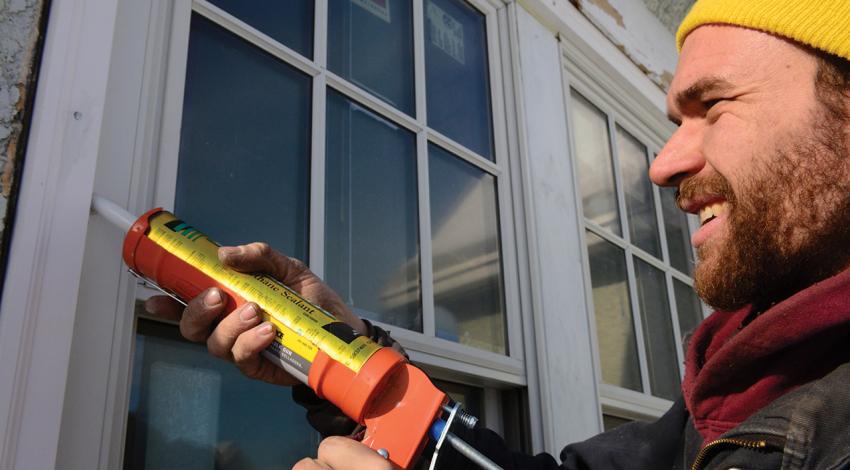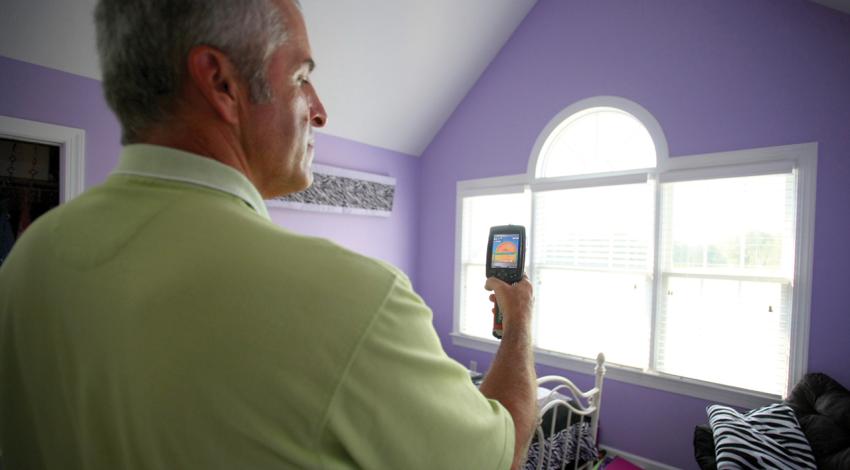Homeowners often fret about their older windows, perhaps even original to the house — maybe they let in cold drafts during the winter, or contribute to overheating in the summer. People like the look of the older windows, and replacing them with new ones is expensive. In last month’s column, we talked about replacing windows, but doing so is costly, and it could take 20 years of energy savings to recover the investment.
You can, however, make significant improvements to your existing windows without investing a large amount of money or time.










